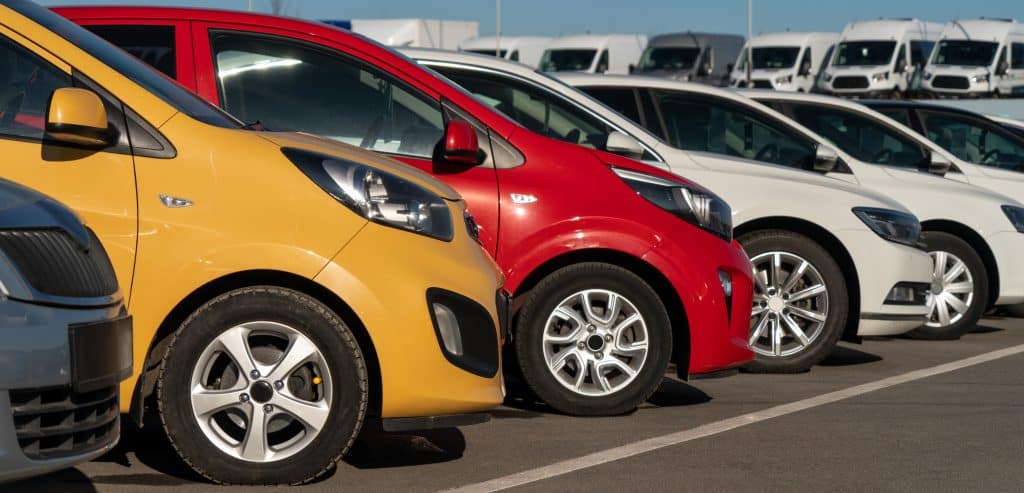One among many phenomena seen since 2020 is the shortage of semiconductors and other IT components which, in turn led to a shortage of new cars as chip makers chose to sell their existing stock to producers of home electronics rather than automotive manufacturers. Ford produced 70,000 fewer vehicles than expected in Q2 2020 – a figure that is representative of the industry as a whole. With many consumers spending less on hospitality and travel and wishing to avoid public transport, demand for did however increase. Combined with the low levels of available stock, consumers often had no choice but to turn to the second-hand market, which boomed as a result. Online listing platforms for second-hand cars in particular benefitted from the state of affairs with many going public in 2021. The last few months have seen some changes in response to rising inflation and the cost of fuel. Both prices and sale volumes are down – sales with over 20% but prices only by single digits, in the US.

In 2020, a third of new car buyers began to consider opting for a used model instead, causing prices to increase daily – especially on sports cars and SUVs, which were the categories in highest demand. For the prospective car owner who does not wish to visit a physical car dealership, several online auction and listing sites are available. Up until 2020, car salesmen tended to list their stock there as well to increase the potential customer base but as the availability of good second-hand models begins to dwindle, the Chairman and CEO of the world’s largest Ford dealer predicted that professional salesmen soon would be less inclined to use the online sites.[1] On the one hand, the modern consumer – even if they wish to make the purchase in person – does in general favour the option of browsing through the available selection online before visiting the retail outlet, and there is little reason why this should not be the case with second-hand cars too – especially if this has become a habit in the past two years. If demand remains higher than the supply though, the preference of the car dealers is likely to prevail over the consumers’. The rising cost of fuel and uncertainties over the energy supply in Europe have caused those in the know to alter their prognoses slightly – while sales for new petrol cars look set to remain low (as those buying new vehicles favour EVs), high fuel prices will also keep sales of used petrol vehicles down.[2]
French second-hand car retail group Aramis and American firm vroom had their IPOs in June 2021 and 2020 respectively, and German second-hand retailer AUTO1 went public in February 2021. Aramis own online retail platforms in Belgium, Britain, France and Spain. Despite not having generated a profit since its foundation in 2012, Vroom’s share value rose from $43 to $63 in just two months – which raised the question of whether the market was too enthusiastic. The newly listed European firms performed less spectacularly though and have overall been in steep decline since their IPOs. With the general preference being for EVs, and most second-hand cars running on diesel or petrol, the appeal for these trading platforms is unlikely to grow significantly in the medium term. Another factor that may have an impact in the longer term is the EU’s proposed ban on petrol cars from 2035 and the UK government’s decision to do the same by 2030. With most cars currently in production running off fossil fuels, the supply of legal second-hand cars will most likely be lower in 2040 than currently.
[1] https://cardealermagazine.co.uk/publish/investigation-just-how-long-can-used-car-prices-continue-to-rise-heres-what-the-dealers-think/224460
[2] https://www.ft.com/content/9aabb19d-5d27-442a-afd6-3bfb94a5730c
